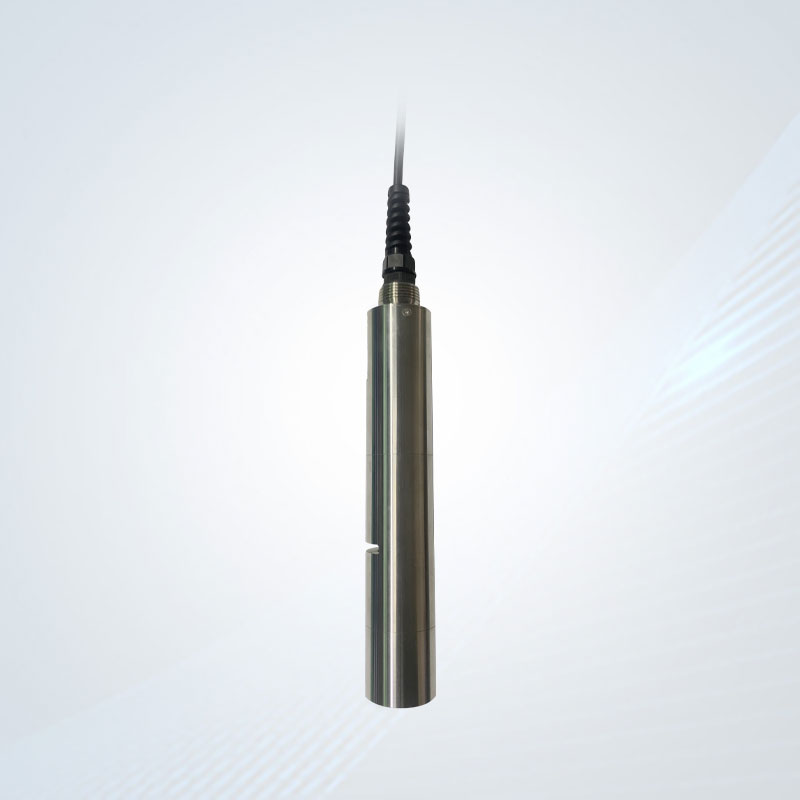Core Technology Analysis and Multi - field Application Scenarios of Digital Sensors
Release time:2025-10-29
Visits:587
As the core component of modern intelligent measurement systems, digital sensors are reshaping the operation modes of industries such as industrial inspection, medical diagnosis, and environmental monitoring by converting physical quantities into digitally programmable and processable signals. This article will conduct an in - depth analysis of its technological advantages and application values.
Analysis of Core Technological Advantages
1. High - precision Signal Conversion Technology
It adopts a multi - layer hierarchical A/D conversion design to achieve lossless digital conversion of analog signals within the full - scale range, with the core error controllable within 0.02%. The equipped temperature compensation circuit can automatically correct the drift caused by environmental changes, ensuring measurement stability in a wide temperature range from - 40°C to 85°C.
2. Intelligent Data Processing System
The built - in MCU microprocessor is equipped with an adaptive filtering algorithm, which can intelligently identify and filter out environmental noise above 85dB. The real - time operation compensation module can synchronously process the correction of multi - dimensional parameters such as linear deviation, zero - point offset, and creep error, with an efficiency 70% higher than that of traditional compensation methods.
3. Enhanced Anti - interference System
Through the combination of electromagnetic shielding packaging and differential signal transmission technology, the device can still maintain data integrity in a strong electromagnetic field environment of 10V/m. Its RS - 485 standard interface supports lossless signal transmission over a kilometer, making it particularly suitable for complex working conditions in industries such as petrochemicals.
4. Modular Integrated Design
The integrated storage chip can record more than 100,000 groups of calibration parameters and work logs. The EEPROM chip ensures that the data can be stored for 15 years without loss even in case of power failure. The standardized CAN bus and Modbus protocol interfaces support plug - and - play access to the industrial Internet of Things system.
Cross - industry Application Map
Intelligent Manufacturing Field
In automotive welding robots, the six - axis force - control sensor can improve the assembly accuracy to the level of 0.005mm by providing real - time feedback of welding pressure data. The weight - sensing module of the intelligent warehousing system can achieve automatic sorting and metering of 120 pieces of goods per minute.
Smart Medical Scenarios
When the medical gas flow sensor is used in conjunction with a ventilator, it can precisely control the flow range from 0.5 to 50L/min, with an error range of less than ±1.5%. The implantable blood - glucose monitoring chip can achieve continuous monitoring for 72 hours, with a data sampling frequency of 0.5Hz.
Environmental Monitoring Network
The atmospheric PM2.5 sensor uses the principle of laser scattering and is equipped with a self - cleaning air - path design, which can still maintain data validity in an extreme environment with a relative humidity of 95%. The water - quality monitoring buoy is equipped with a multi - parameter probe, which can synchronously detect 12 indicators such as pH value, dissolved oxygen, and conductivity.
Technological Evolution Trends
With the breakthrough of MEMS technology, the size of the new - generation sensors has been reduced to the level of 3×3mm², and the power consumption has been reduced to 15μA. The application of nano - material coating technology has increased the detection sensitivity by an order of magnitude. For example, the detection limit of the graphene gas sensor has reached the ppb level. The integration of edge - computing capabilities enables 70% of data pre - processing to be completed locally, significantly reducing the system transmission delay.
The continuous innovation of
digital sensors is promoting the development of measurement technology towards intelligence and networking. From precision manufacturing to smart cities, these small devices are quietly changing the way humans perceive and transform the world, providing a solid data foundation for the era of the Internet of Everything.




